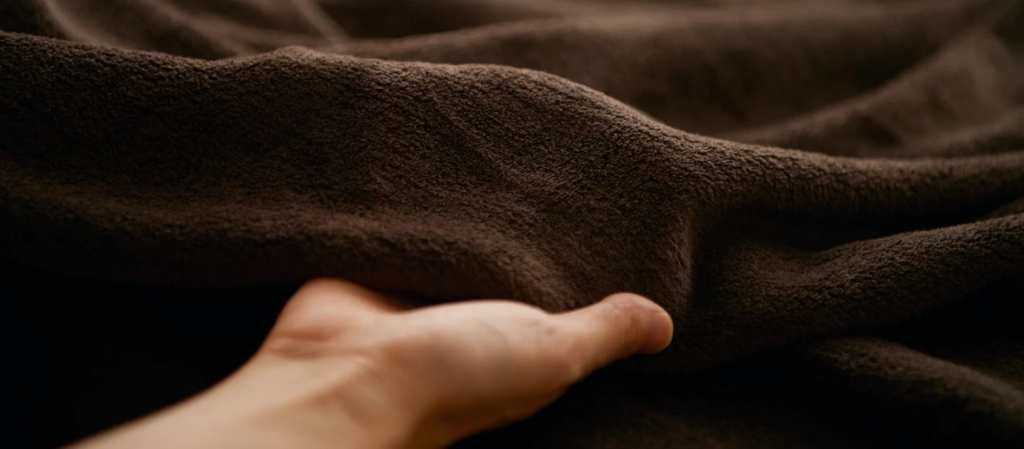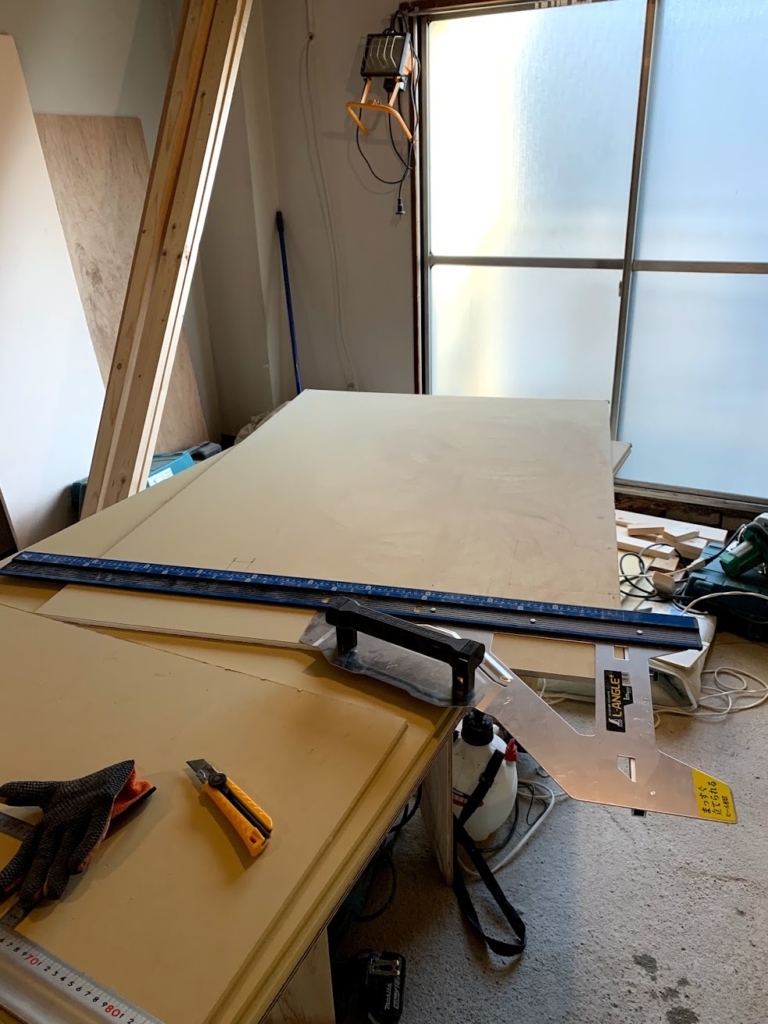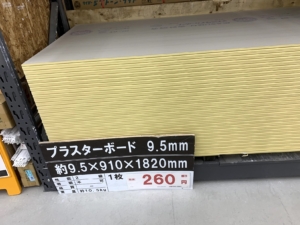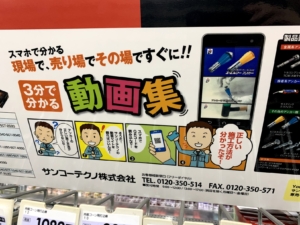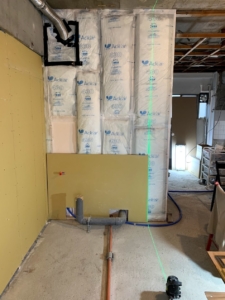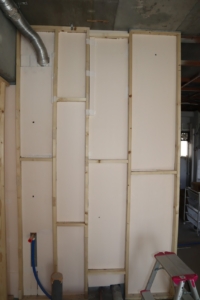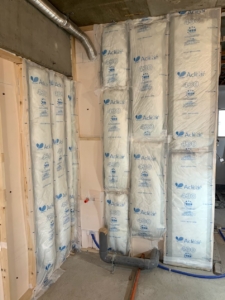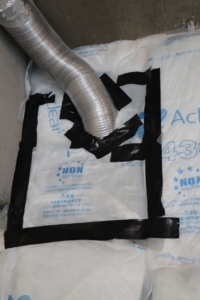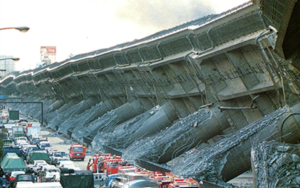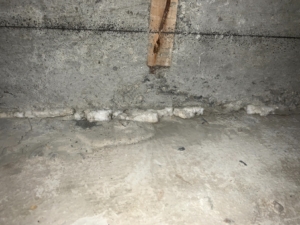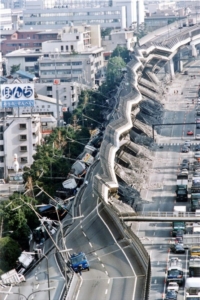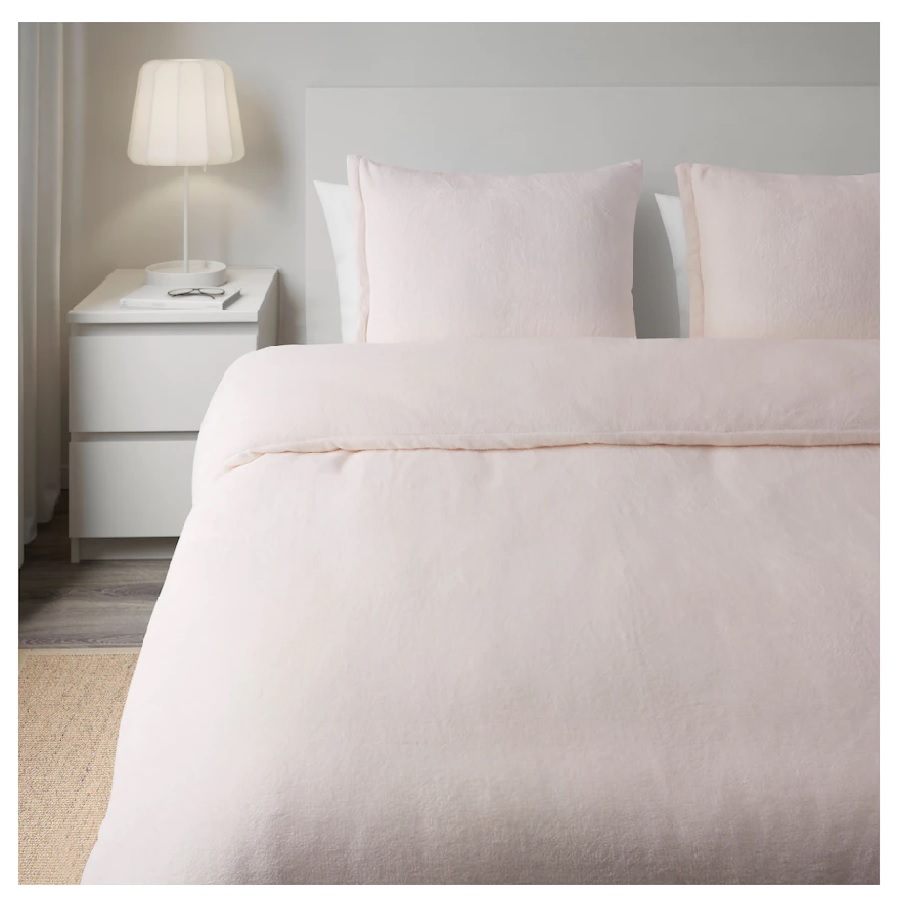
The fun Christmas season of December is approaching. Japan is about to enter the winter season in earnest.
“Warm even in winter” is the most important factor in assessing the value of a home.
However, for foreigners, Japanese housing has the problem that it is very cold in winter. It feels cold not only for foreigners from hot Southeast Asian countries but also for foreigners from cold regions such as North America and Europe.
I spent my high school days in Hokkaido, and although it was cold outdoors, the inside of the building didn’t feel as cold as Osaka or Tokyo.
Most Japanese rental apartments do not contain the heat insulating material that should be put in the interior floor, wall, and ceiling in order to reduce the construction cost. The rental apartments where heat insulating materials are firmly installed on the floor, walls, and ceiling are very different from rental apartments where heat insulating materials are not installed. The comfort of living differs entirely.
Most of the general owners and lessees do not have any knowledge about this. In fact, there are many cases where construction companies skip the work process of adding heat insulating material to make construction easier.
In the case of detached houses, there are many properties where the underfloor on the first floor is left as soil. The old houses were still soil, and wooden houses were built on the soil. Therefore, turning the floorboard is the same as the soil like the field.
You can prevent the cold to some extent by pouring concrete over this soil to make it a “solid foundation”. At the cost of construction, the underfloor of a wooden detached house can be made of concrete.
But concrete is still cold in winter (and hot in summer).
Since the building is also made of concrete, when the concrete gets cold in winter, the room inevitably gets cold. Depending on the property, it might be warmer outside the apartment building in winter than inside the apartment building. This is because the concrete of the building’s frame gets cold.
Therefore, what is important is a heater that heats the air such as an air conditioner and “bedding”.
Please check the followings in order to make your bedding warmer for Japanese winter.
(1) Double the comforters.
The comforters we provide are ① one summer comforter and ➁ one spring / autumn comforter. Please snap ①summer comforter on ➁spring/ autumn comforter. Then a winter comforter could be made. After doubling it, put the comforter cover on it in one piece.
How to set up → 冬のふとん – 外国人駐在員・外交官向け 高級住宅 (dios.co.jp)
(2) Add a blanket to the comforter (VITGROE)
VITGRÖE ヴィートグローエ 毛布, ホワイト, 150×200 cm – IKEA
(3) Change the comforter cover from sheets to a blanket cover
KRANSSALVIA クランサルヴィア 掛け布団カバー&枕カバー(枕カバー2枚), ホワイト, 200×200/50×60 cm – IKEA
(4) Add another blanket to the mattress
(5) Change the blanket of the mattress to an “electric blanket”
Amazon | 電気毛布 ひざ掛け 掛け毛布 電気ブランケット フランネル 厚手 160cmx130cm大きさ ダブル タイマー ボタン式温度調整 安全保護機能付き ギフト ダニ退治 丸洗い 洗濯可能 省エネ PSE認証済み | singway | 電気毛布・ひざ掛け 通販
My recommendation is No.(5) electric blanket.
I love this electric blanket.
I have never felt that an electric blanket is bad for my body.
It is warm and makes people to sleep longer. The reason why people can’t sleep in winter is often due to the cold temperature. You can sleep well if the bedding is warm.
If you use an electric blanket, you will not want to get out of bed because it is warm and too comfortable inside the bed.
With an electric blanket, the winter bedding problem is completely solved.
